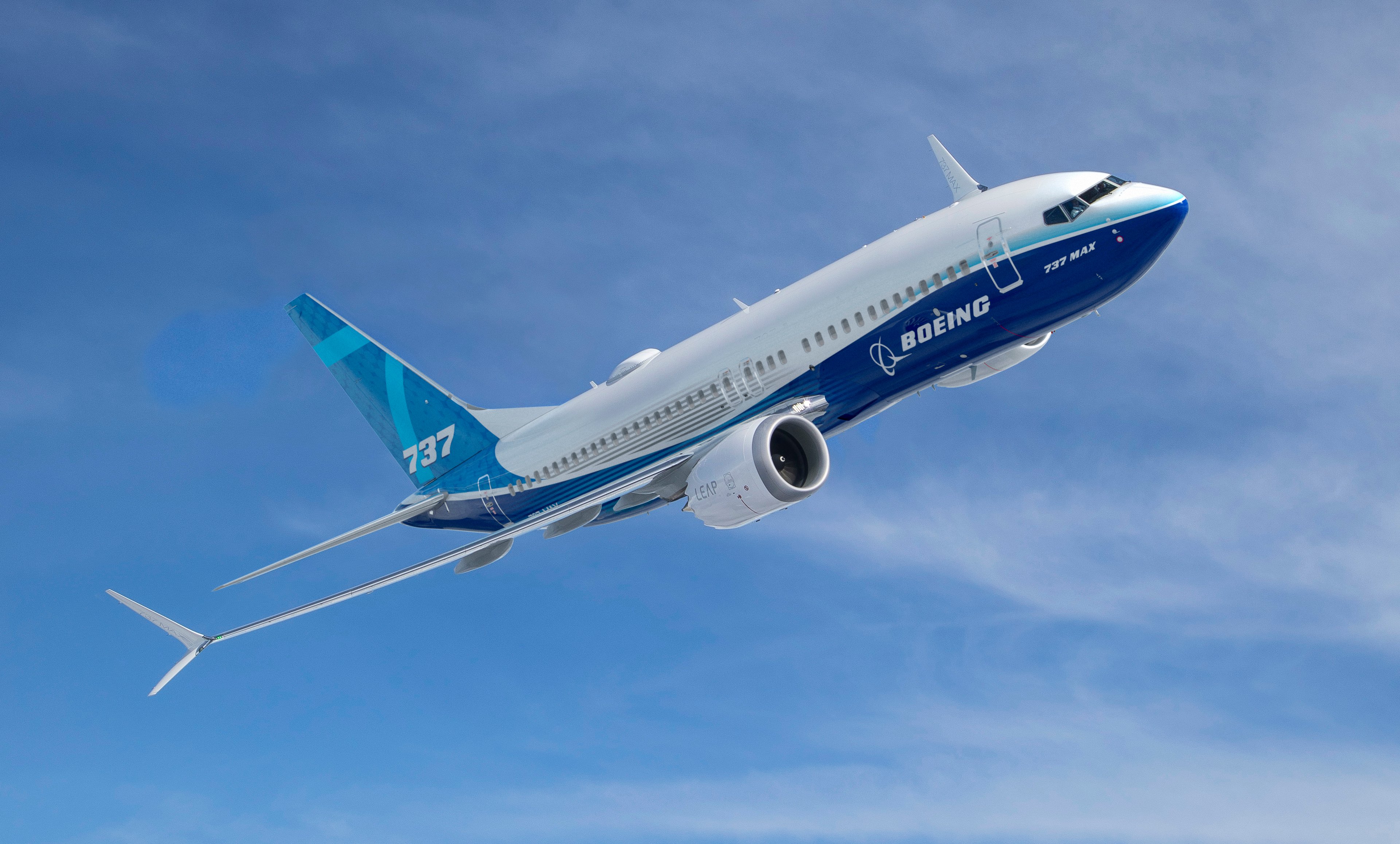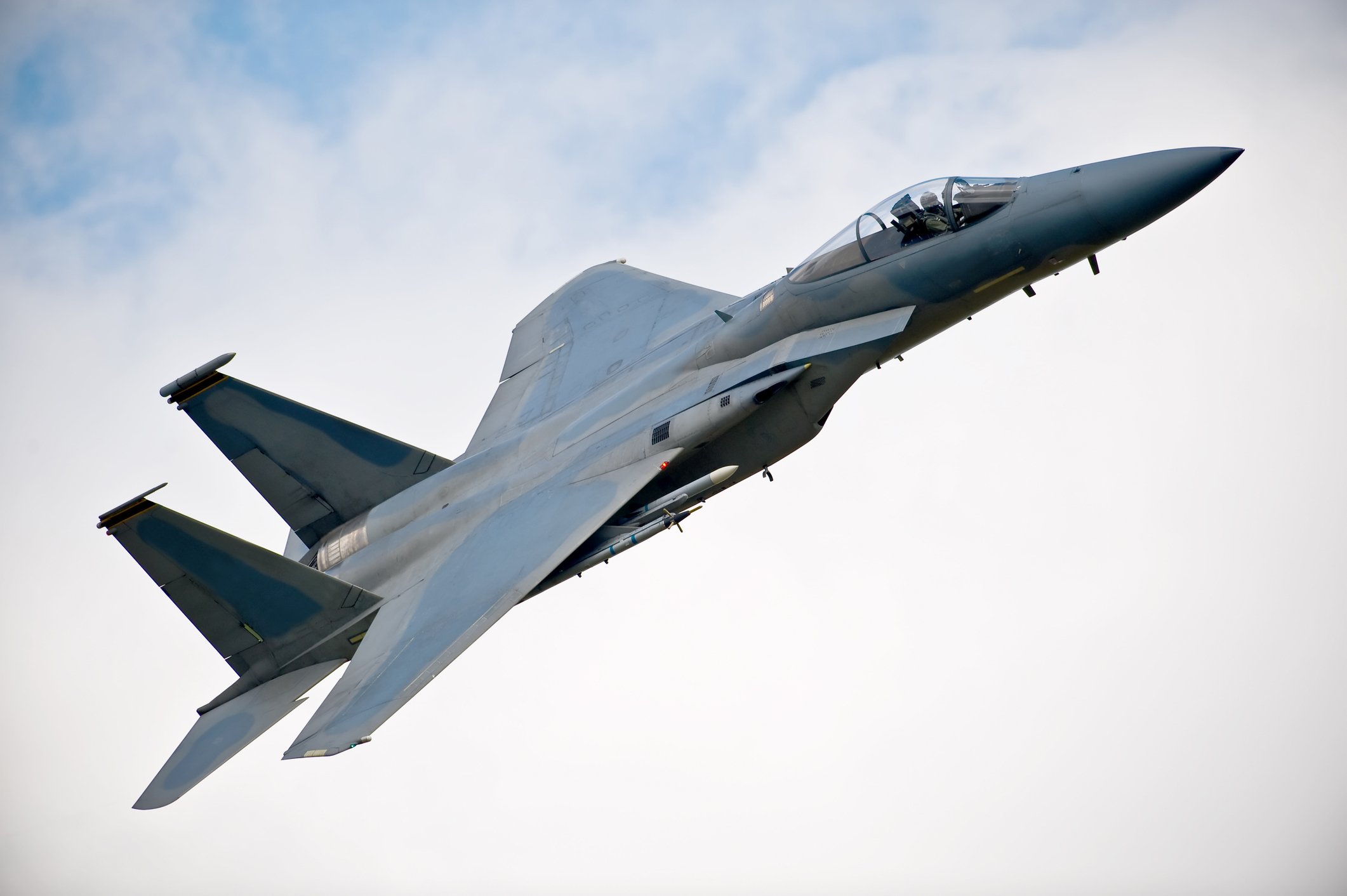2017 was a phenomenal year for Boeing (BA +0.39%). Whereas the U.S. aerospace giant's 2016 performance was marred by a slew of big earnings charges related to cost overruns and slowing sales of some commercial jet models, Boeing's operational performance was stellar last year.
Boeing is also finally starting to reap the benefit of production increases for the 737 and 787 jet families that it had set in motion several years ago. This allowed the company to exceed investors' earnings expectations throughout the year -- including in the fourth quarter.
Boeing's fourth quarter: By the numbers
During the first half of 2017, Boeing posted strong earnings and cash flow despite reporting steep revenue declines. Revenue returned to growth in the third quarter, though, and continued to accelerate toward the end of the year. For Q4, Boeing's revenue rose 8.9% year over year, driven by a 13% surge in commercial airplane deliveries.
| Metric |
Q4 2017 |
Q4 2016 |
Year-Over-Year Change |
|---|---|---|---|
|
Revenue |
$25.4 billion |
$23.3 billion |
8.9% |
|
Commercial airplane deliveries |
209 |
185 |
13% |
|
Core operating margin |
10.5% |
8.9% |
N/A |
|
Free cash flow |
$2.5 billion |
$2.2 billion |
10.6% |
|
Core earnings per share |
$4.80 |
$2.47 |
94.3% |
|
Total order backlog |
$488 billion |
$473 billion |
3.2% |
Data source: Boeing earnings releases.
Boeing's core operating margin reached 10.5% last quarter, mainly due to strong operational performance and the benefits of the company's production increases. (On the flip side, a big production cut for the slow-selling 777 family didn't hurt Boeing as much as some analysts had expected.)
Meanwhile, core earnings per share nearly doubled, reaching $4.80. However, this figure included a $1.74 one-time benefit related to the recent tax reform law. Even without that extra boost, EPS was up 24% year over year.
The cash machine keeps printing money
The most impressive part of Boeing's 2017 performance was the enormous rise in its free cash flow. During the fourth quarter, free cash flow reached $2.5 billion, beating the company's guidance. This was a relatively small increase of 10.6% year over year; Boeing's full-year free cash flow surged by nearly 50%, from $7.9 billion to $11.6 billion.

Rising Boeing 737 output contributed to Boeing's soaring free cash flow in 2017. Image source: Boeing.
The beginning of Boeing's 737 MAX deliveries definitely contributed to this growth. 737 MAX production began to ramp up (slowly) in 2016 -- while the prototypes went through flight testing -- but the first customer delivery occurred in May 2017. Since most of the cash is handed over at the time of delivery, the gap between production and delivery pushed some cash flow from 2016 into 2017.
Additionally, the profitability of Dreamliner production improved dramatically in 2017. At the beginning of 2016, Boeing was still near breakeven on a cash basis for each 787 delivery. By contrast, its cash profit on the program appears to have surpassed $2.5 billion last year.
Shareholders are reaping the benefit of this cash windfall. Boeing paid $3.4 billion of dividends and repurchased $9.2 billion of stock last year.
The 2018 outlook is very strong as well
Boeing expects to produce more growth in all of its key financial metrics in the coming year. Revenue is likely to tick up by roughly 2% to 4% (adjusting for an accounting change), while core EPS should reach $13.80 to $14. At this time last year, Boeing expected to produce 2017 core EPS of just between $9.10 and $9.30.
Boeing's projected 2018 margin expansion will be driven by the commercial airplanes division. Boeing plans to deliver 810 to 815 jets this year, up from 763 in 2017, with the growth coming from the highly profitable 737 family.
Finally, Boeing's forecast calls for operating cash flow to reach $15 billion this year. Based on the company's capital spending plans, that would boost free cash flow to approximately $12.8 billion -- an additional 10% increase over Boeing's stellar 2017 cash production.
Boeing stock has more than doubled over the past year. But given the strength of the company's fourth-quarter results and its bullish 2018 forecast, the stock could continue grinding higher.






